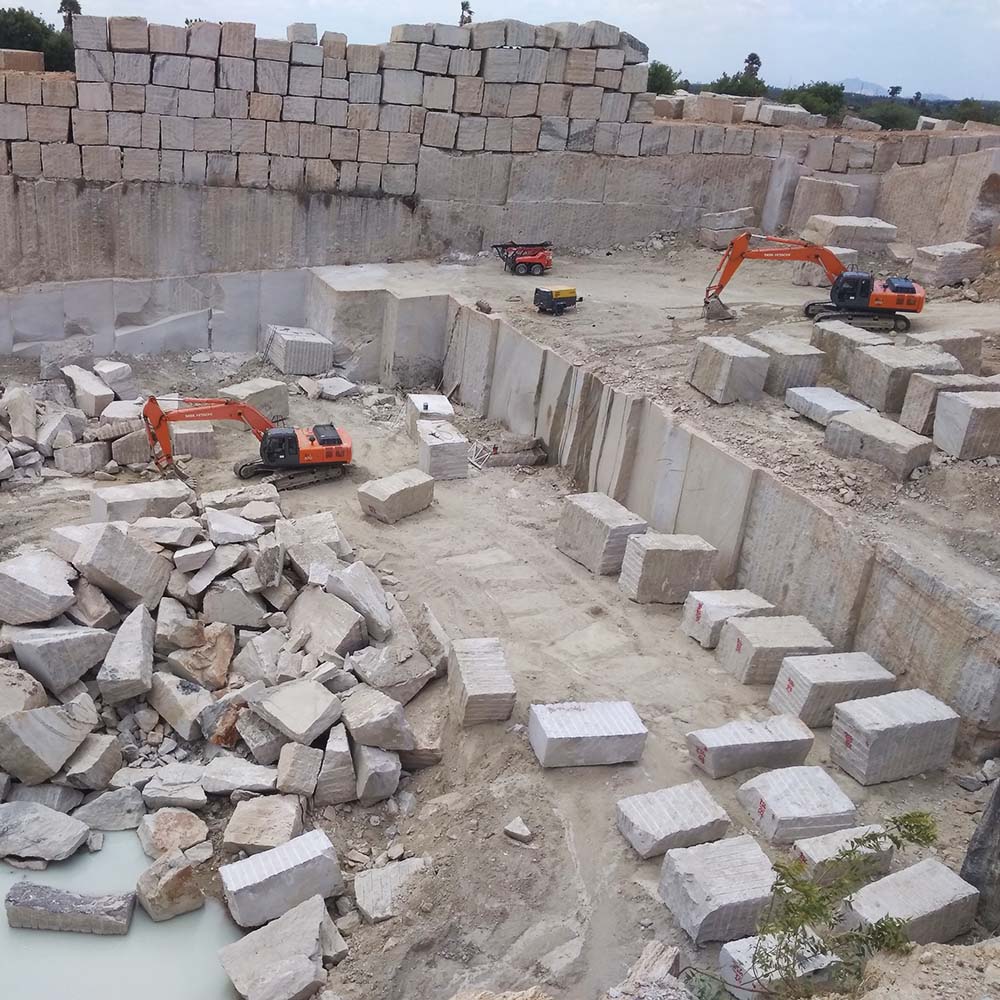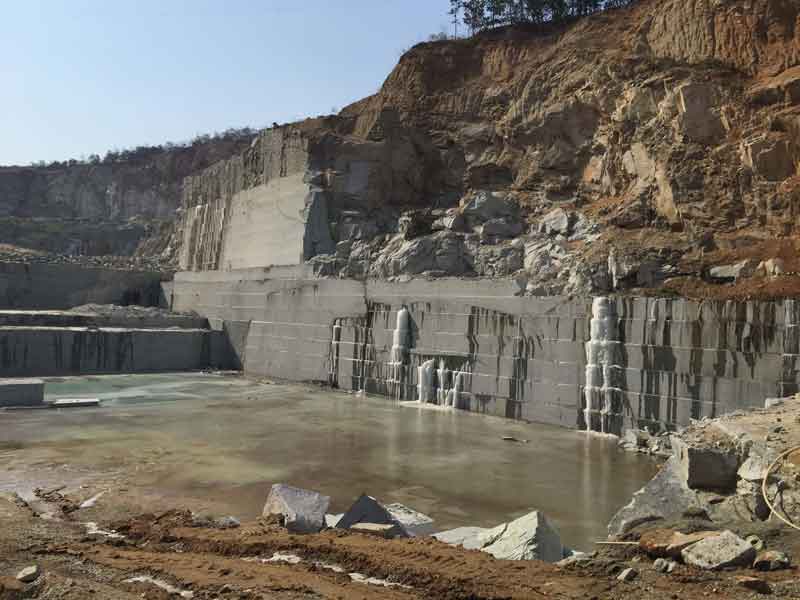Unearthing the Rich Background and Lasting Practices of Granite Quarrying
As we base on the precipice of revealing the elaborate tapestry of granite quarrying, a trip through time exposes not just the physical act of drawing out rock but additionally the cultural and historical value woven into the extremely textile of this practice. From the old beginnings that laid the foundation for contemporary quarrying strategies to the sustainable methods that are forming the future of this industry, each chisel mark on granite surface areas informs a story waiting to be discovered (granite quarries in south africa). The heritage of granite quarrying stretches far past mere extraction; it is a testimony to human resourcefulness, resilience, and the enduring attraction of this stunning stone
Ancient Origins of Granite Quarrying
Dating back to ancient worlds, the practice of quarrying granite has been an indispensable part of human history and architectural improvement. The earliest proof of granite quarrying go back to old Egypt, where huge pyramids and elaborate sculptures were crafted from this long lasting rock. The Egyptians made use of primitive devices to remove granite blocks from quarries, showcasing the importance of this material in their monumental constructions.
Moving on in history, the Greeks also made significant payments to the quarrying of granite. The Greeks made use of granite in numerous building wonders, such as temples and sculptures, demonstrating their skill in shaping and carving this hardy rock. The Romans further refined the strategies of quarrying granite, using innovative devices like blades and hammers to essence and shape granite for their renowned structures.
With the centuries, the practice of quarrying granite has evolved, with modern innovations boosting performance while keeping the classic appeal of this all-natural stone - granite quarries in south africa. From ancient civilizations to modern builders, the heritage of granite quarrying remains to shape our globe
Development of Quarrying Methods
The evolution of quarrying strategies has actually been marked by a continuous development towards greater performance and precision in extracting granite. From the rudimentary approaches utilized by our forefathers to the innovative innovations utilized in contemporary quarrying operations, the sector has actually undergone substantial developments. Early quarrying techniques involved hands-on labor with basic devices such as chisels, hammers, and wedges to extract granite blocks from the earth. As people progressed, techniques like fire-setting and primitive nitroglycerins were introduced to facilitate the extraction procedure.
In even more recent times, the development of equipment changed the quarrying market, making it possible for much faster extraction prices and raised efficiency. Technologies such as ruby cord saws, high-pressure water jets, and pneumatic drills have come to be conventional in modern-day quarries, enabling exact cutting and reduced waste. Developments in computer-controlled devices and 3D modeling have actually maximized quarrying procedures, leading to marginal ecological influence and improved sustainability practices. As the demand for granite continues to increase, the development of quarrying methods stays indispensable to conference sector requires efficiently and sustainably.
Social Relevance of Granite
Granite holds an extensive cultural importance across various civilizations due to its long-lasting visibility in building masterpieces and respected monoliths. From the impressive pyramids of Egypt to the detailed makings of you can try this out the Angkor Wat temple in Cambodia, granite has been a product of option for expressing grandeur and long life in social heritage. In ancient Rome, granite columns adorned holy places and public buildings, symbolizing toughness and durability. The social importance of granite extends past its physical features; it symbolizes resilience, security, and timelessness, making it a symbol of sustaining traditions and traditions.

Lasting Practices in Quarrying
Among the rich history of granite quarrying and its social relevance lies an expanding emphasis on sustainable techniques within the sector. As environmental awareness and problems regarding resource deficiency have heightened globally, the quarrying market has increasingly welcomed sustainable approaches to reduce its effect on the setting and surrounding areas.

Moreover, improvement and rehab of quarry sites post-extraction are essential to sustainable practices. By restoring quarried areas to an all-natural or beneficial state, such as creating wild animals environments or leisure areas, quarriers can balance out the environmental footprint of their procedures and add positively to the local ecosystem.
Heritage of Granite Quarrying
With a historic backdrop steeped in workmanship and commercial development, what enduring influence has granite quarrying left on the landscape of modern-day culture? The tradition of granite quarrying transcends plain extraction practices; it has actually formed architectural wonders, metropolitan landscapes, and cultural heritage worldwide. The durable nature of granite has actually made it a favored choice for monoliths, buildings, and infrastructure, standing as a testimony to the skill and virtuosity of quarry employees across generations.
In addition, the check financial footprint of granite quarrying can not be forgotten. The market remains to give job opportunity and drive neighborhood economic climates in more information areas where granite removal prevails. It has also stimulated technological advancements in quarrying methods and equipment, bring about a lot more efficient and lasting practices.
In regards to sustainability, the legacy of granite quarrying consists of initiatives to mitigate environmental influences through reclamation jobs and liable resource administration. By stabilizing financial interests with environmental stewardship, the market makes every effort to ensure that future generations can remain to gain from this long-lasting all-natural source.
Conclusion
